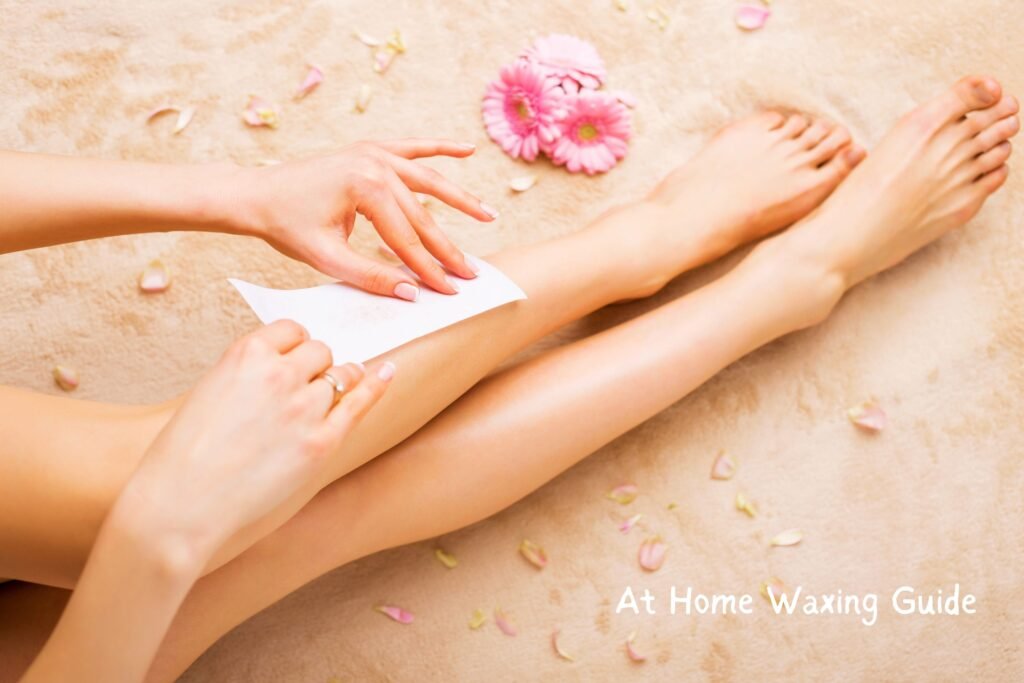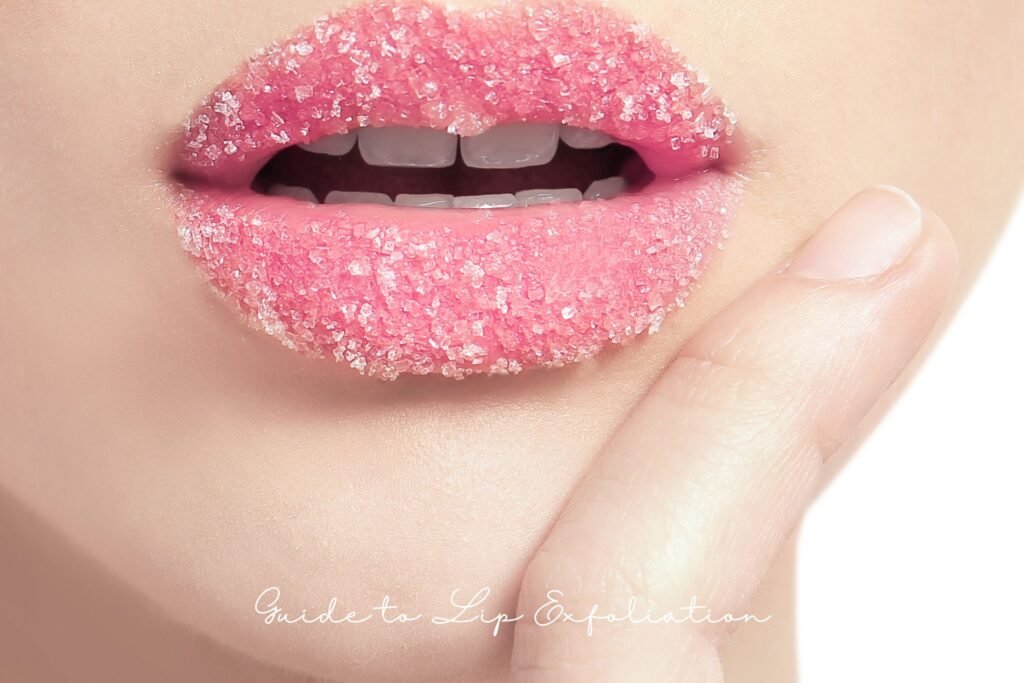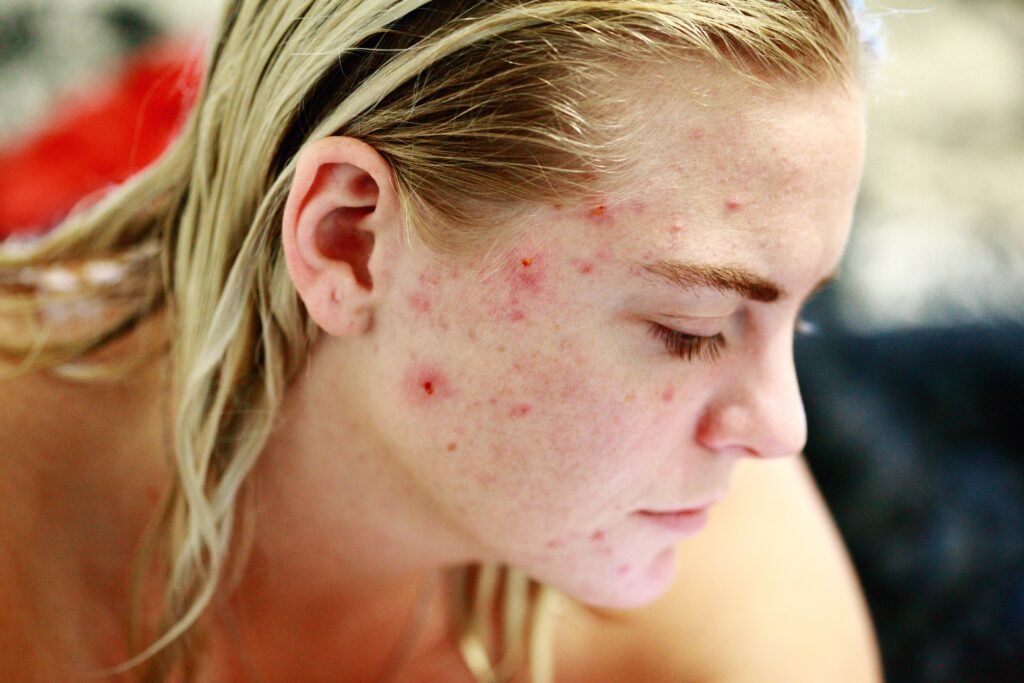From ancient times, rose water has been used in the beauty industry. It has benefits as a toner and is also used in the culinary field. Using rose water on our skin helps balance the pH, making it more radiant and dirt-free.
Making your own rose water is a really simple task. Additionally, it will save you from using products that contain harsh chemicals. The process of making rose water is shown below.
Ingredients and Materials for Making Rose Water
-
Fresh Roses: Choose fragrant roses to ensure that your rose water has a rich aroma.
-
Water: Use distilled water for the best results, as it’s free from impurities.
-
A Large Pot: This will hold the rose petals and water during the distillation process.
-
A Heatproof Bowl: To collect the condensed rose water that drips down.
-
Ice: Placed on the lid to promote better condensation of steam into water droplets.
-
Strainer: For filtering out any remaining rose petals, if needed.
-
A Dark Glass Bottle: To store your homemade rose water, protecting it from light and helping preserve its quality.
Methods to Make Rose Water
Simmering Method for Making Rose Water
To create your own rose water, start with 7-10 organic roses. Using organic roses helps avoid any pesticide residues that could affect your skin.
-
Place the roses in a pot and cover them with distilled water.
-
Simmer the mixture over low heat until the roses lose their vibrant color and turn pale. This process helps extract the beneficial properties of the roses without damaging them.
-
Once the roses have changed color, strain the liquid into a dark bottle to protect it from light and preserve its freshness.
Pro Tips
- Always keep the heat low to avoid boiling, as high temperatures can destroy essential components in the rose water.
- Allow the mixture to cool completely before transferring it to the bottle for storage.
This method will give you a lovely, fragrant rose water that you can use in various skincare routines.
Distillation Method for Making Rose Water
- Start by placing fresh rose petals in a large pot.
- Next, set a heatproof bowl in the center of the pot.
- Pour enough distilled water over the rose petals to fully cover them.
- Cover the pot with a glass lid placed upside down. This setup allows condensation to drip down into the bowl.
- To enhance the condensation process, place ice cubes on top of the inverted lid.
- Heat the water on low flame. As the water warms up, steam will rise, condensing on the lid and forming droplets.
- The condensed water will then drip into the bowl, resulting in pure rose water.
Once the distillation process is complete, let the rose water cool completely. Store it in a dark glass bottle, and if refrigerated, it can be used for up to six months.
How to Use Rose Water
Rose water serves as a natural toner, helping to balance your skin’s pH levels and remove impurities. This makes it a great choice for those with sensitive skin who may be wary of chemical products. To use it as a toner, simply pour 3-4 drops of rose water onto a cotton ball and gently dab it onto your skin.
Additionally, rose water is popular in aromatherapy. You can add it to a diffuser with regular water, filling your space with the fresh scent of a rose garden. For those with dry hair, a mist of rose water can provide hydration and shine, making it a versatile addition to your hair care routine.
Making rose water at home is a simple process that allows you to incorporate the luxurious essence of roses into your daily life. Whether used for beauty, wellness, or even culinary purposes, homemade rose water delivers a pure and aromatic experience. Enjoy creating and using this delightful natural product!
FAQs About Rose Water
Q1: What are the benefits of using rose water on the skin?
A1: Rose water acts as a natural toner, helping to balance the skin’s pH, remove impurities, and hydrate the skin. It’s particularly beneficial for sensitive skin due to its gentle properties, making it a popular alternative to chemical-based products.
Q2: Can rose water be used for hair care?
A2: Yes, rose water can be used in hair care routines. It helps to hydrate and add shine to dry hair. You can mist rose water onto your hair or scalp to achieve moisture and improve overall hair health.
Q3: How do I know if the rose water I made is good to use?
A3: Homemade rose water should have a pleasant rose scent and a clear appearance. If it develops an off smell or shows signs of mold or discoloration, it should be discarded. Proper storage in a dark glass bottle in the refrigerator can help maintain its freshness.
Q4: Is it safe to use rose water on all skin types?
A4: Rose water is generally safe for most skin types, including sensitive skin. However, it’s always recommended to perform a patch test on a small area of skin before full application to ensure there are no adverse reactions.
Q5: How can I make my rose water last longer?
A5: To prolong the shelf life of homemade rose water, store it in a dark glass bottle to protect it from light and keep it in the refrigerator. Proper storage can help it last for up to six months.
Q6: Can I use dried rose petals to make rose water?
A6: Yes, you can use dried rose petals to make rose water. However, fresh petals are often preferred for their stronger fragrance and beneficial properties. If using dried petals, make sure they are of high quality and free from chemicals.





